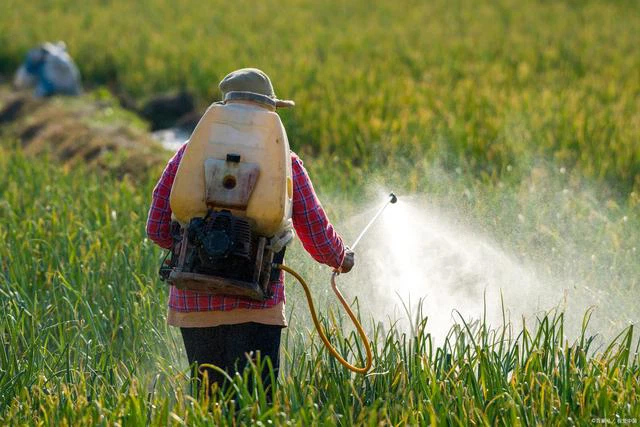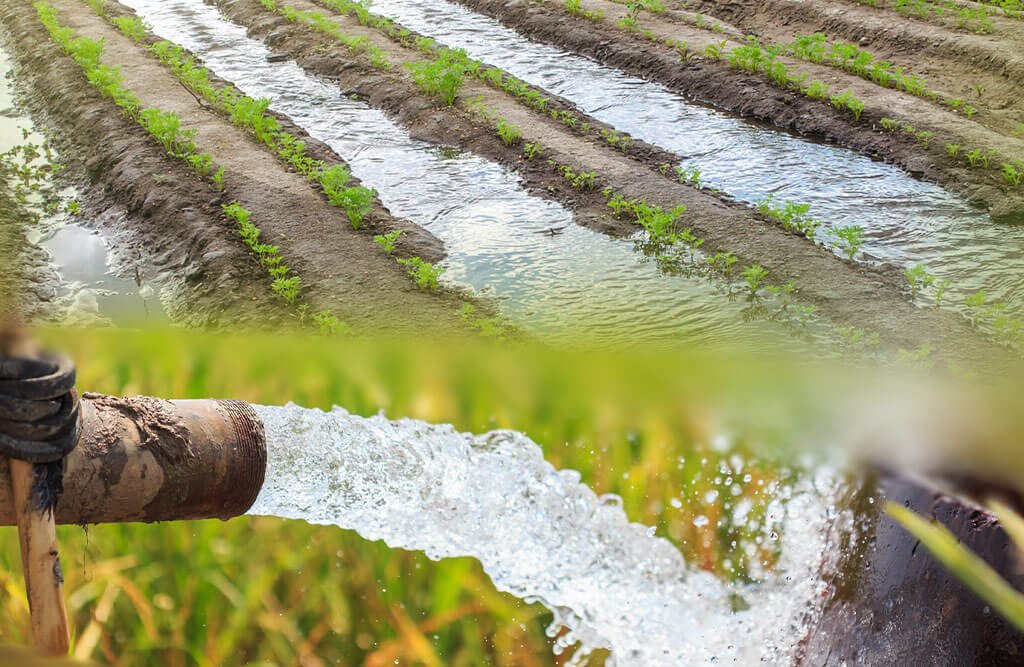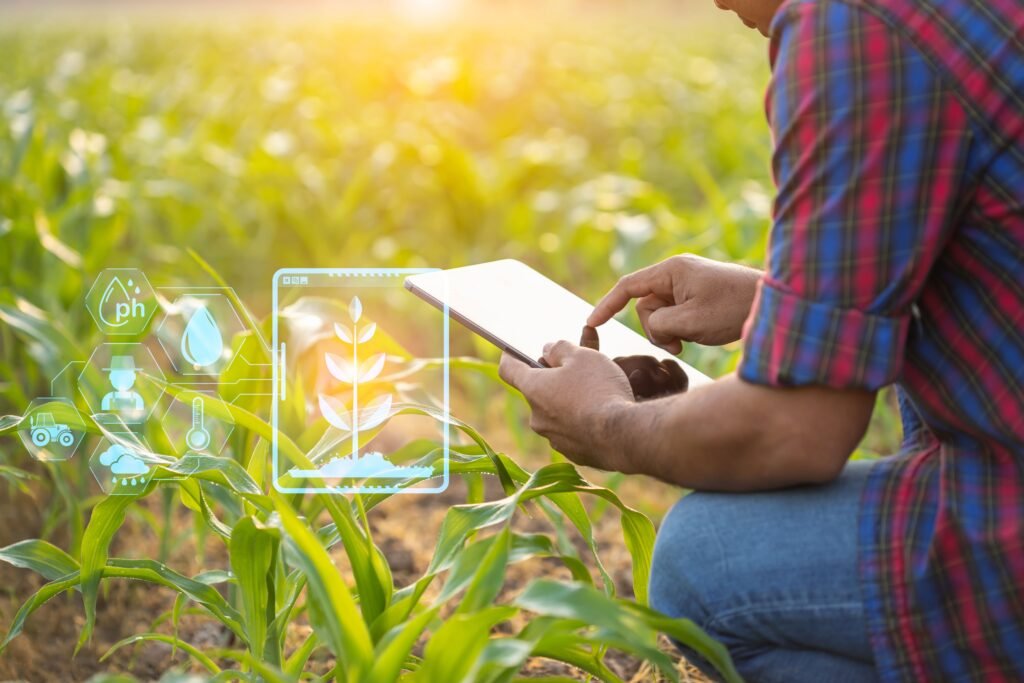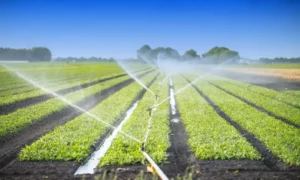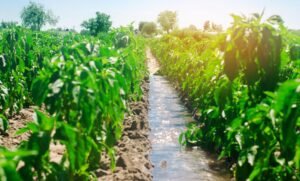Introduction
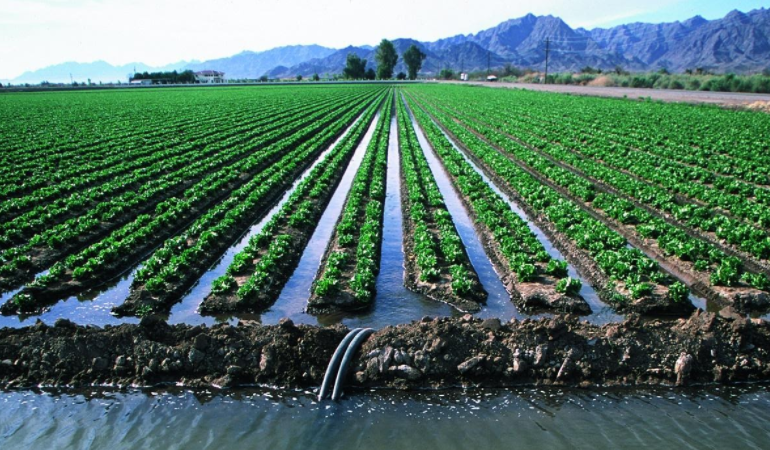
Climate change is exerting a profound influence on water resources, especially in the agricultural sector, where irrigation is a cornerstone of global food production. As global temperatures continue to rise and weather patterns become increasingly erratic, the quantity and quality of water available for farming are undergoing dramatic shifts. This has direct implications for food security, rural livelihoods, and sustainable agricultural practices. Understanding the relationship between climate change and agricultural water resources is therefore essential for policymakers, researchers, and farmers seeking to ensure long-term sustainability in food systems.
1. Changes in Precipitation Patterns
One of the most significant effects of climate change on water resources is the alteration of global precipitation patterns. Shifts in rainfall intensity and distribution are already disrupting irrigation systems and crop production cycles.
Increased Drought Frequency
In many arid and semi-arid regions, droughts have become more frequent and prolonged. The Food and Agriculture Organization (FAO) projects that irrigation water demand could rise by more than 40% by the 2080s in areas already suffering from water scarcity. These prolonged dry spells strain surface and groundwater supplies, forcing farmers to adapt through alternative water management practices.
Intense Rainfall and Flooding
Conversely, certain regions experience heavier and more erratic rainfall. Intense storms contribute to flooding, soil erosion, and nutrient runoff, all of which reduce soil fertility and crop productivity. This variability complicates water management planning and increases the vulnerability of agricultural systems.
2. Increased Evapotranspiration and Rising Temperatures
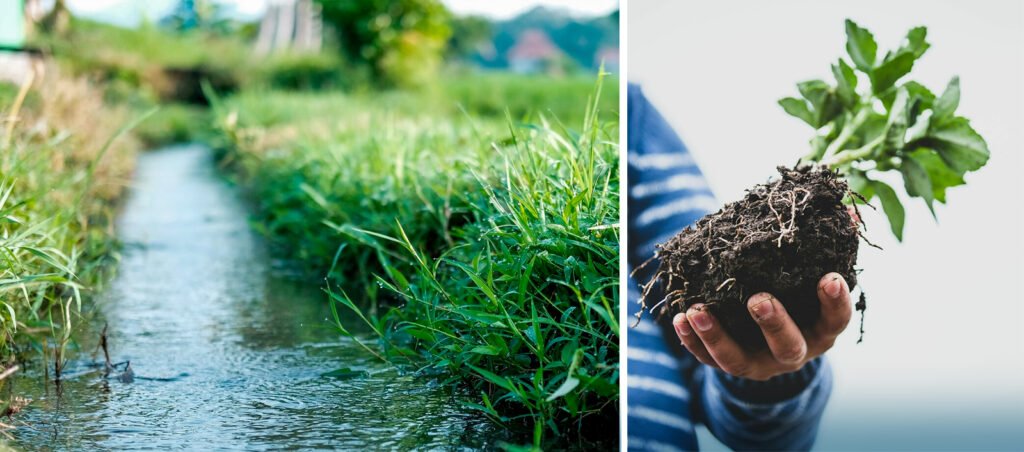
Rising global temperatures accelerate evapotranspiration, the process through which water moves from soil and plants into the atmosphere. This intensifies agricultural water demand.
Higher Irrigation Requirements
Crops now require larger volumes of water to maintain healthy growth. This puts additional pressure on limited water resources, especially in regions already facing climatic stress.
Soil Moisture Decline
Increased evapotranspiration leads to faster soil moisture depletion, making it difficult for crops to sustain optimal growth during critical developmental stages. This can reduce both the quality and quantity of agricultural yields.
3. Groundwater Depletion
Groundwater represents one of the most critical water resources for agriculture, yet it is increasingly under threat due to climate-induced changes in hydrological cycles.
Reduced Recharge Rates
Changes in rainfall timing and intensity interfere with natural groundwater recharge processes. Reduced infiltration and higher evaporation rates have caused declining water tables across many agricultural regions.
Overdependence on Groundwater
In drought-prone areas, farmers often turn to groundwater extraction to compensate for reduced rainfall. However, excessive pumping without natural recharge leads to aquifer depletion, land subsidence, and the long-term unsustainability of agricultural production.
4. Water Quality Degradation
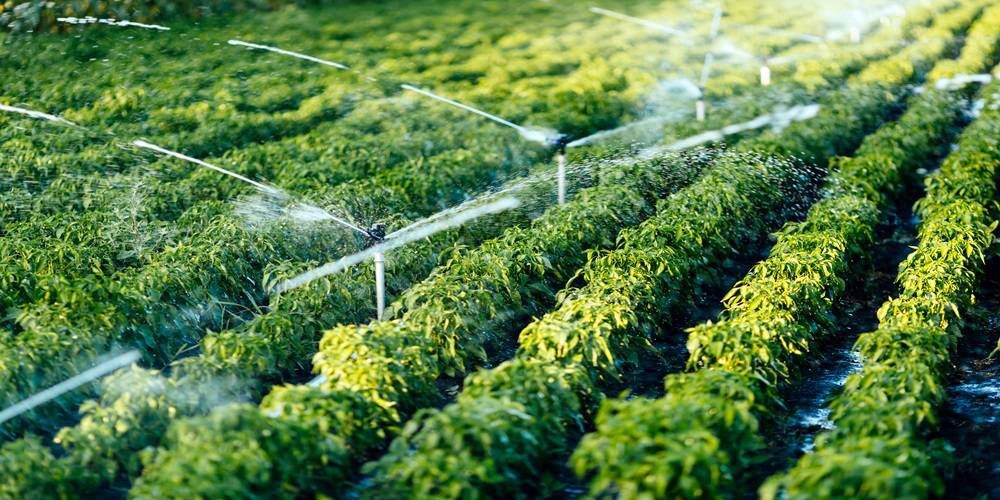
Climate change not only affects the volume of available water resources but also their quality, creating new challenges for sustainable irrigation and food safety.
Runoff and Agricultural Pollution
Heavy rainfall increases runoff, carrying sediments, fertilizers, and pesticides into nearby rivers and lakes. This contaminates both surface and groundwater sources, threatening aquatic ecosystems and reducing water suitability for irrigation.
Salinization and Coastal Intrusion
Rising sea levels contribute to saltwater intrusion into freshwater aquifers, particularly in coastal agricultural zones. The resulting salinization damages crops, decreases soil fertility, and limits the availability of potable and irrigation water.
5. Challenges for Farmers
The interplay between climate change and water resources poses several critical challenges to farmers:
- Food Security Risks: Reduced water availability diminishes crop yields and productivity, exacerbating global food insecurity.
- Rising Production Costs: Farmers face higher costs to secure water supplies and invest in efficient irrigation systems.
- Adaptation and Knowledge Gaps: Many smallholder farmers lack access to the knowledge or technologies needed to adapt effectively to shifting climatic conditions.
6. Adaptation Strategies for Sustainable Water Use
To ensure the sustainable use of water resources in agriculture, proactive adaptation strategies are required. These include technological, agronomic, and policy-based approaches.
Efficient Irrigation Systems
Modern irrigation technologies such as drip and precision irrigation optimize water use and minimize waste. They deliver water directly to plant roots, significantly reducing evaporation losses.
Soil Health and Water Retention
Practices like conservation tillage, organic mulching, and cover cropping enhance soil structure and water retention capacity, improving resilience against drought and reducing irrigation needs.
Rainwater Harvesting and Storage
Rainwater harvesting systems allow farms to capture and store rainfall for later use, providing a sustainable buffer during dry seasons.
Drought-Resistant Crops
The adoption of drought-tolerant crop varieties can stabilize yields even under reduced water availability, ensuring agricultural productivity under variable climate conditions.
Conclusion
The effects of climate change on water resources are far-reaching and multifaceted, reshaping agricultural systems worldwide. As precipitation becomes less predictable, temperatures continue to rise, and groundwater reserves decline, farmers must adapt to safeguard food production. Through innovation, sustainable water management, and scientific collaboration, it is possible to enhance agricultural resilience and protect vital water resources for future generations.
Q&A Section
Q1: How does climate change affect water resources used in agriculture?
Climate change alters rainfall patterns, increases evaporation rates, and disrupts groundwater recharge, leading to reduced availability of water for irrigation.
Q2: What are key strategies for adapting to changing water availability?
Farmers can implement efficient irrigation systems, enhance soil health, harvest rainwater, and select drought-resistant crop varieties.
Q3: Why is monitoring water quality crucial for agriculture?
Poor water quality harms crops and ecosystems, while increasing production costs due to the need for filtration, treatment, or alternative sourcing.
References
- Environmental Protection Agency (EPA)
- Intergovernmental Panel on Climate Change (IPCC)
- ResearchGate – Climate Change Impact on Agriculture
- Food and Agriculture Organization (FAO)


